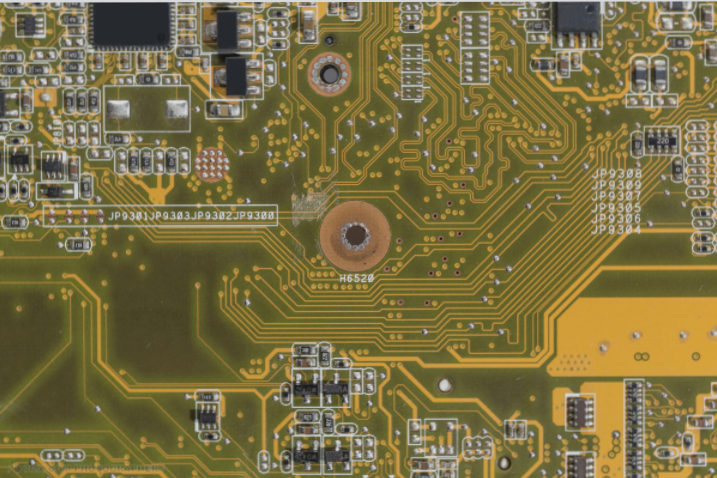The Essential Guide to Four-Layer PCB Circuit Boards
Quality Standards and Storage Guidelines
- IPC standards define the quality of a four-layer PCB circuit board.
- Surface treatment includes anti-oxidation for longevity.
- Vacuum packaging preserves boards for up to six months.
- Unpacked boards should be used within 24 hours in controlled conditions.
- Unpacked boards must be utilized within a year if stored.
- Assembly should occur within a week after unpacking.
- Gold boards adhere to stricter controls than tin boards.
Layer Composition and Signal Routing
- Four-layer PCBs consist of top and bottom signal routing layers with two middle layers.
- Middle layers include INTERNAL PLANE1 and INTERNAL PLANE2 for power and ground connections.
- Avoid using ADD LAYER to prevent complications in multi-layer PCB routing.
Design Principles for PCB Routing
- Set appropriate spacing for printed traces based on insulation and manufacturing constraints.
- Consider voltage differences and ensure adequate clearance for safety.
- Choose suitable line cornering styles to enhance manufacturability and aesthetics.
- Determine trace width based on current levels and interference resistance.
- Implement anti-interference and electromagnetic shielding strategies for robust PCB designs.
Latest Updates:
When designing a four-layer PCB, it’s crucial to consider not only the layout and routing but also the latest advancements in materials and manufacturing processes. For example, the industry is moving towards using advanced materials like Rogers PCB to improve signal integrity and reduce interference. Additionally, the integration of AI algorithms in PCB design software is streamlining the design process and optimizing performance.

